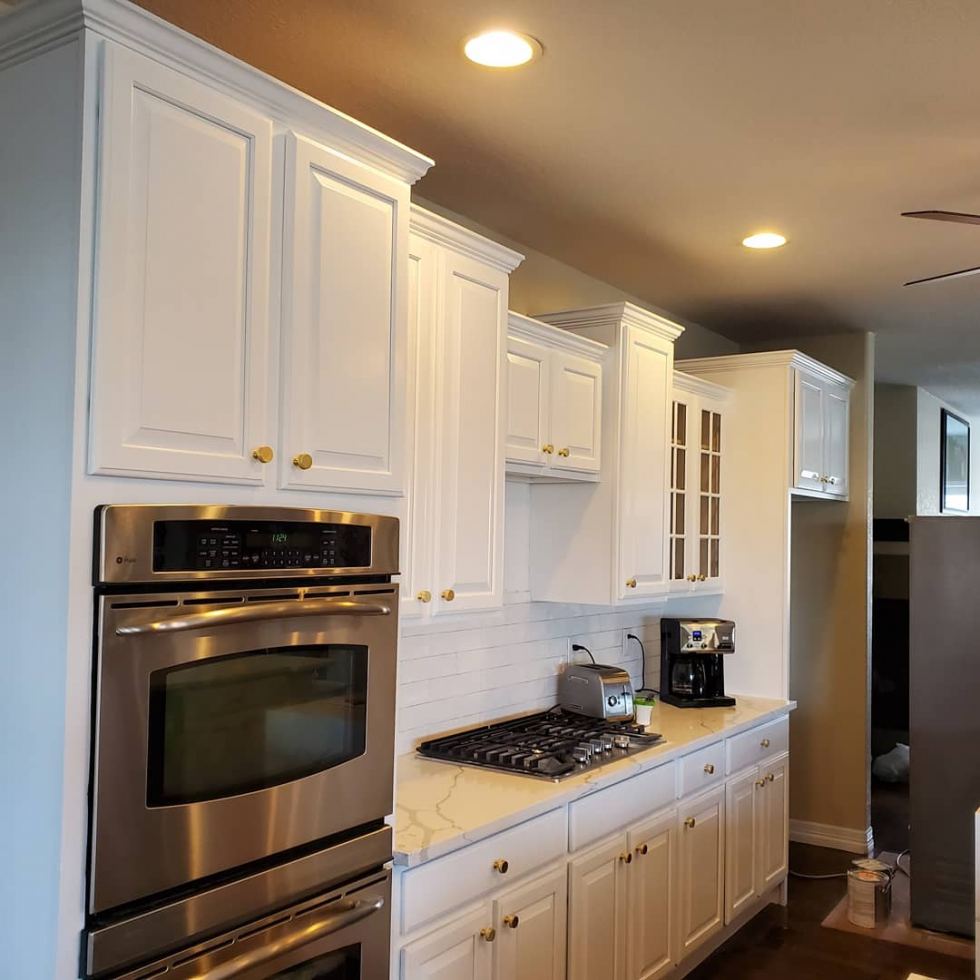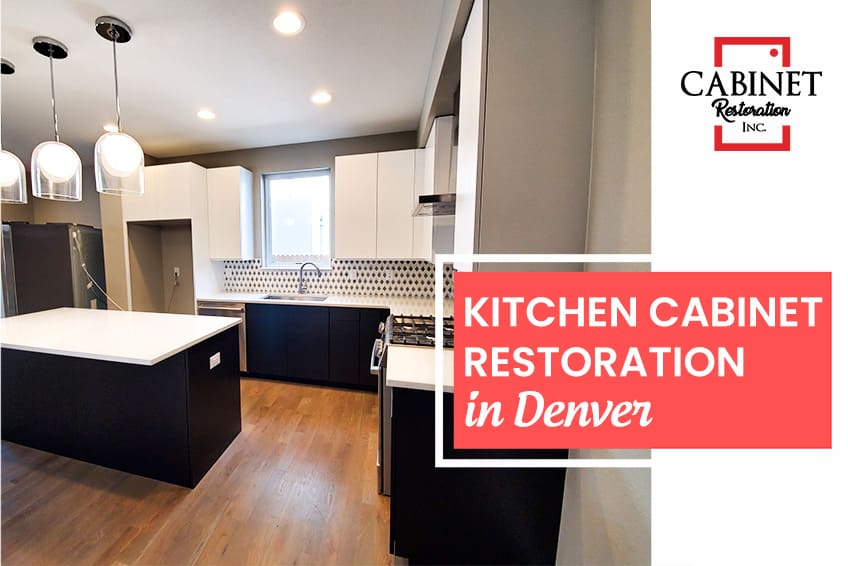Cabinet Restoration Techniques: Restore A Cabinet Reviews
Cabinet restoration is a popular DIY project that can breathe new life into old and worn-out cabinets. This process involves a variety of techniques, each with its own pros and cons, and choosing the right method depends on your desired outcome, budget, and skill level.
Stripping
Stripping involves removing the existing finish from the cabinet surfaces using a chemical stripper. This method is often used for cabinets with multiple layers of paint or varnish, or when you want to restore the wood’s natural grain.
- Pros: Stripping removes all existing finishes, allowing for a completely fresh start. It can reveal the natural beauty of the wood underneath.
- Cons: Stripping chemicals can be harsh and require proper ventilation. It is a time-consuming process and can be messy.
Sanding
Sanding involves using sandpaper to smooth out the cabinet surfaces and remove any imperfections. This method is typically used to prepare the cabinets for painting or refinishing.
- Pros: Sanding is a relatively straightforward process that can be done with minimal tools. It is a good option for removing minor scratches and imperfections.
- Cons: Sanding can be a time-consuming and dusty process. It may not be effective for removing multiple layers of paint or varnish.
Painting, Restore a cabinet reviews
Painting is a popular cabinet restoration technique that involves applying a fresh coat of paint to the cabinet surfaces. This method can completely transform the look of your cabinets and is a relatively easy and affordable option.
- Pros: Painting is a cost-effective and relatively simple process. It allows for a wide range of color choices and finishes.
- Cons: Painting may not be suitable for all cabinet styles. It can hide the natural beauty of the wood underneath.
Refinishing
Refinishing involves applying a new finish, such as varnish or stain, to the cabinet surfaces. This method can enhance the natural beauty of the wood and provide a durable protective coating.
- Pros: Refinishing can restore the natural beauty of the wood and create a durable finish. It offers a wide range of finishes to choose from.
- Cons: Refinishing can be a time-consuming and skill-intensive process. It may require specialized tools and materials.
Step-by-Step Guide for Painting Cabinets
- Prepare the Cabinets: Remove all hardware, including hinges, knobs, and drawer pulls. Clean the cabinet surfaces with a degreaser to remove any dirt, grease, or grime.
- Sand the Cabinets: Lightly sand the cabinet surfaces with fine-grit sandpaper to create a smooth surface for the paint to adhere to.
- Prime the Cabinets: Apply a primer to the cabinet surfaces to create a smooth, even base for the paint.
- Paint the Cabinets: Apply two coats of paint to the cabinet surfaces, allowing each coat to dry completely before applying the next.
- Finish: Once the paint is dry, apply a sealant to protect the paint and enhance its durability.
- Reassemble the Cabinets: Reattach the hardware and enjoy your newly restored cabinets.
Comparison of Cabinet Restoration Techniques
| Technique | Advantages | Disadvantages |
|---|---|---|
| Stripping | Removes all existing finishes, reveals natural wood | Harsh chemicals, time-consuming, messy |
| Sanding | Straightforward, minimal tools, removes minor imperfections | Time-consuming, dusty, not effective for multiple layers |
| Painting | Cost-effective, simple, wide range of colors and finishes | May not be suitable for all styles, hides natural wood |
| Refinishing | Restores natural beauty, durable finish, wide range of finishes | Time-consuming, skill-intensive, requires specialized tools |
Cabinet Restoration Materials

The right materials are crucial for achieving a successful cabinet restoration project. Selecting high-quality materials ensures a durable and aesthetically pleasing finish that will last for years to come. This section delves into the essential materials needed for cabinet restoration, exploring the various types available, their properties, and recommendations for specific brands and products.
Paint and Finishes
Paint and finishes are the foundation of any cabinet restoration project, providing both protection and aesthetic appeal. The choice of paint or finish depends on the desired look, the existing cabinet surface, and the level of durability required.
- Oil-based paints offer excellent durability, a smooth finish, and good adhesion to various surfaces. They are known for their resistance to moisture and stains, making them suitable for kitchens and bathrooms. However, oil-based paints have a strong odor and require longer drying times. Popular brands include Benjamin Moore, Sherwin-Williams, and Valspar.
- Latex paints are water-based and offer low odor, quick drying times, and easy cleanup. They are generally less durable than oil-based paints but provide a good balance of performance and ease of use. Popular brands include Behr, Glidden, and PPG.
- Epoxy paints are highly durable and resistant to chemicals, making them ideal for cabinets subjected to heavy wear and tear. They are often used in industrial settings but can also be used for residential cabinets, especially those in high-traffic areas. Popular brands include Rust-Oleum and Krylon.
- Lacquer finishes provide a hard, durable, and glossy finish that enhances the natural beauty of wood. They are often used on high-end cabinets and furniture, offering excellent scratch and water resistance. However, lacquer finishes require specialized application techniques and can be more expensive than other options.
- Polyurethane finishes offer a durable and protective finish that is resistant to water, scratches, and UV damage. They are available in both oil-based and water-based formulations, providing flexibility in application and drying time. Popular brands include Minwax and Varathane.
Cabinet Restoration Projects

Cabinet restoration projects can transform outdated kitchens and bathrooms into stylish and functional spaces. By revitalizing existing cabinets, homeowners can achieve a fresh look without the expense of a complete remodel. This section will explore real-world examples of successful cabinet restoration projects, highlighting the challenges encountered and the solutions implemented. We will also provide practical tips and tricks for achieving professional-looking results, focusing on surface preparation, paint application, and finishing touches.
Real-World Examples of Cabinet Restoration Projects
Real-world examples provide valuable insights into the potential of cabinet restoration. Here are a few examples:
- A dated kitchen with dark wood cabinets was completely transformed by stripping the old finish, sanding the wood, and painting the cabinets in a bright white. This created a modern and airy feel, making the kitchen appear larger and more inviting.
- A bathroom with outdated oak cabinets was given a fresh look by sanding the cabinets, applying a stain in a lighter shade of brown, and sealing them with a protective polyurethane coating. This updated the cabinets while maintaining the warmth of the wood.
- A kitchen with laminate cabinets was successfully restored by removing the existing laminate, applying a primer, and painting the cabinets in a bold color. This created a dramatic and unique look, adding personality to the space.
Challenges Encountered During Cabinet Restoration
Cabinet restoration projects can present various challenges, but with proper planning and execution, these obstacles can be overcome. Some common challenges include:
- Removing old finishes: Stripping old paint, varnish, or stain can be a time-consuming and messy process. Using appropriate strippers and following safety precautions is essential.
- Repairing damaged cabinets: Scratches, dents, and chips can detract from the final appearance. Repairing these imperfections requires patience and the right tools, such as wood filler, sandpaper, and putty knives.
- Achieving a smooth finish: Proper surface preparation is crucial for a smooth and even paint application. This involves sanding, cleaning, and priming the cabinets thoroughly.
- Choosing the right paint: Selecting the right paint type and color is essential for a durable and aesthetically pleasing finish. Consider factors like the cabinet material, the desired look, and the level of traffic in the room.
Tips and Tricks for Achieving Professional-Looking Results
Achieving professional-looking results requires attention to detail and the application of specific techniques. Here are some tips and tricks to consider:
- Prepare the surface thoroughly: This involves removing any existing finish, sanding the surface smooth, cleaning it thoroughly, and applying a primer. Proper surface preparation ensures a smooth and even paint application, resulting in a professional-looking finish.
- Use high-quality paint: Choosing a high-quality paint specifically designed for cabinets will ensure a durable and long-lasting finish. Look for paints that are formulated for adhesion, durability, and ease of application.
- Apply multiple thin coats: Applying multiple thin coats of paint is better than applying one thick coat. This allows the paint to dry evenly and prevents drips and runs. Allow each coat to dry completely before applying the next.
- Use a paint sprayer for a smooth finish: A paint sprayer can provide a smooth and even finish, especially on large surfaces. However, proper masking and ventilation are essential when using a paint sprayer.
- Pay attention to details: Take the time to carefully paint the edges, corners, and handles of the cabinets. This attention to detail will make a significant difference in the overall appearance of the project.
Impact of Cabinet Restoration on the Overall Look and Feel of a Kitchen or Bathroom
Cabinet restoration can significantly impact the overall look and feel of a kitchen or bathroom. By updating the cabinets, homeowners can create a more modern, stylish, and functional space.
- Enhanced Aesthetics: Refreshed cabinets can instantly upgrade the visual appeal of a kitchen or bathroom, creating a more cohesive and inviting atmosphere. This can involve changing the color, adding decorative hardware, or simply updating the finish.
- Increased Functionality: Restoration can enhance the functionality of cabinets by replacing outdated hardware with modern options, improving storage solutions, or adding new features like pull-out shelves or soft-close drawers.
- Increased Home Value: A well-restored kitchen or bathroom can significantly increase the value of a home. Potential buyers are more likely to be attracted to a property with updated and functional spaces.
Restore a cabinet reviews – Restoring a cabinet can be a labor of love, breathing new life into a piece of history. But sometimes, the best approach is to embrace the modern and consider a space-saving solution like a folding design cabinet with table , which can offer both functionality and a clean aesthetic.
The joy of restoring a cabinet lies in its unique character, while a new piece can bring a fresh perspective to your home, each holding a different kind of charm.
Restoring a cabinet is a labor of love, a way to breathe new life into a piece of furniture that holds memories. The Sauder Harper display cabinet in cinnamon cherry might be a perfect candidate for such a project, its warm tones and elegant design offering a blank canvas for creativity.
Perhaps a fresh coat of paint, a new set of handles, or a touch of decoupage could transform it into a cherished heirloom, whispering stories of the past and present.

